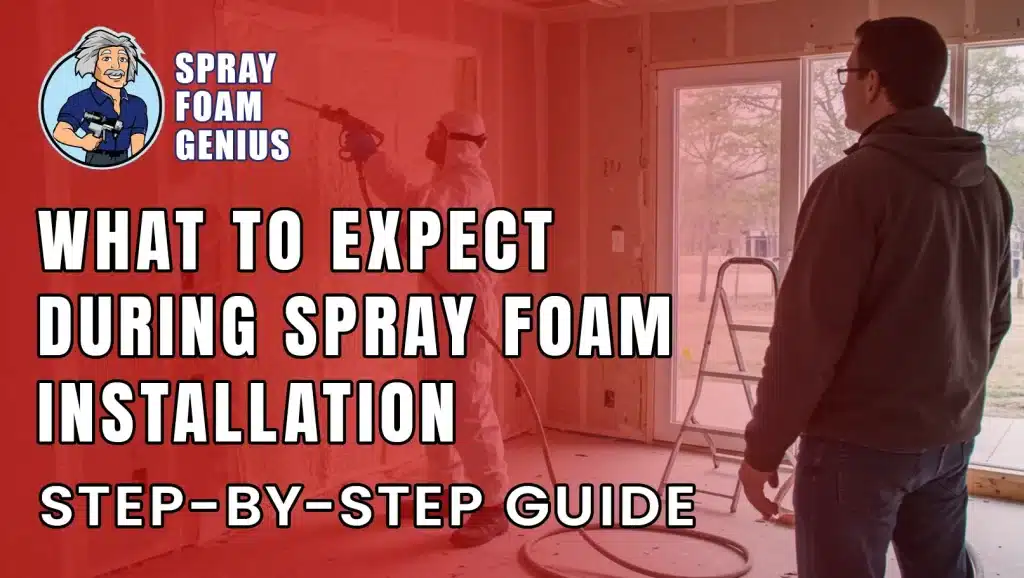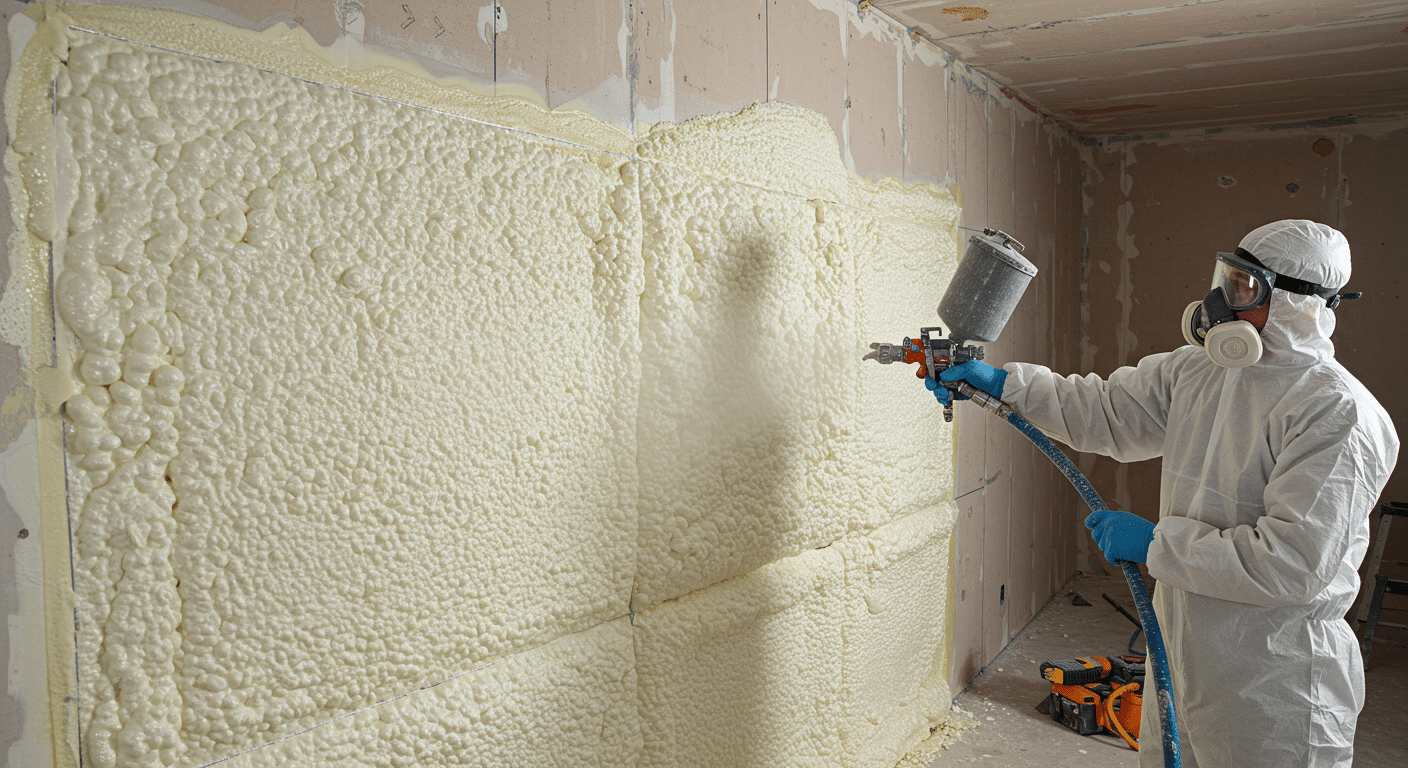
A spray foam insulation installation typically takes 1–2 days and begins with site preparation, followed by foam application, curing, and cleanup. Contractors first seal off the area, then apply either open- or closed-cell foam using specialized equipment. The foam expands instantly, filling gaps. After curing (usually 24 hours), installers trim excess foam and ensure proper ventilation. Occupants may need to vacate the home temporarily due to chemical exposure during curing. A final inspection ensures insulation coverage meets building codes and performance standards.
Key Factors Affecting Spray Foam Installation
| Factor | Description | Homeowner Impact |
| Foam Type | Open-cell or closed-cell | Affects cost, R-value, cure time |
| Area Being Insulated | Attic, crawl space, walls, etc. | Influences labor and duration |
| Ventilation Requirements | Airing out post-installation | May require 24–48 hrs vacancy |
| Installer Experience | Professional certification & skill | Impacts quality and safety |
Spray Foam Installation: Pros and Cons
Pros:
- Air-seals and insulates in one step
- Increases energy efficiency
- Long-lasting and moisture-resistant
Cons:
- Strong chemical odor during curing
- Requires temporary evacuation
- Higher upfront cost than other insulation types
Step-by-Step Installation Process

1. Pre-Installation Prep
The contractor covers floors, seals off non-target areas, and ensures the HVAC system is off. All occupants, including pets, must vacate for safety due to chemical fumes during application and curing.
2. Foam Application
Using spray rigs, installers apply foam to targeted surfaces. Open-cell foam expands more but offers less R-value per inch; closed-cell foam provides higher insulation and acts as a vapor barrier. Application time varies by area size and accessibility.
Post-Installation Requirements and Safety
Curing and Re-Entry
Spray foam typically cures within 24 hours, but safe re-entry varies by product—some require up to 48 hours of ventilation. Homeowners should not reoccupy the home until advised by the installer.
Final Cleanup and Inspection
Once cured, excess foam is trimmed, and the area is cleaned. A final inspection checks for even coverage, proper thickness, and code compliance. Homeowners may receive documentation confirming installation specs and performance ratings.
Spencer is a Google ranking expert and SEO consultant who has helped businesses in the spray foam marketing industry achieve their online marketing goals. Spray Foam Genius Marketing has a proven track record of success, having achieved some impressive results for his clients.

